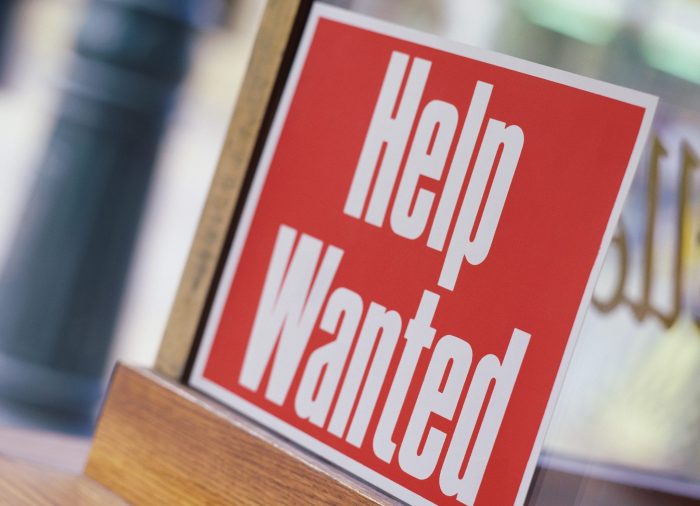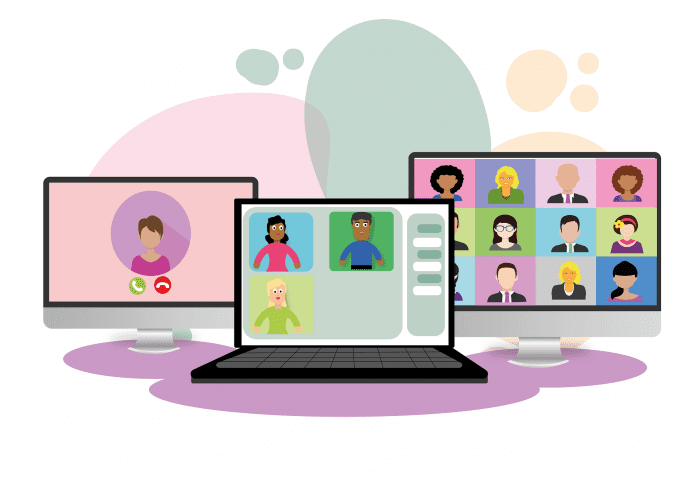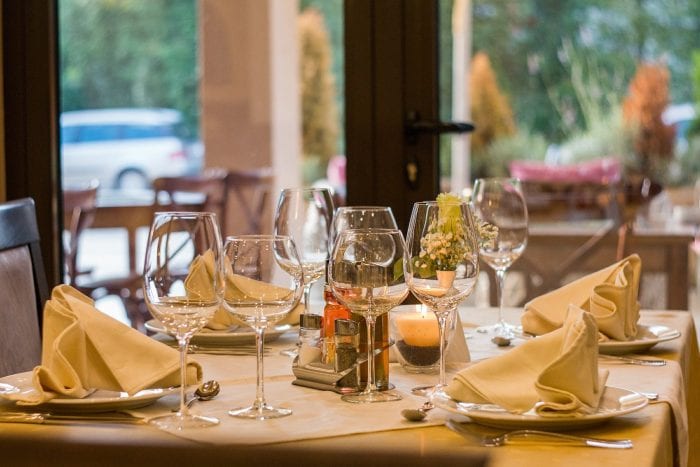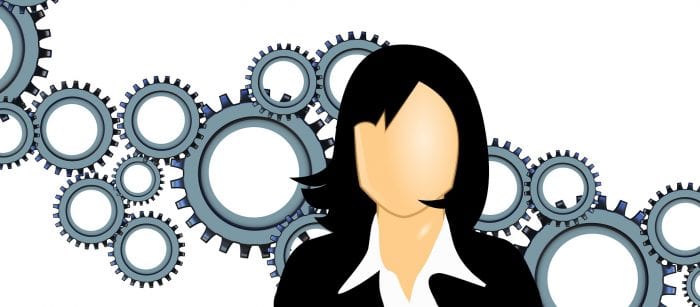By Leah S. Dunaief

Incredible as it seems to us, we are celebrating with a special section this week the 45th anniversary of our newspaper and media group now called TBR. Where did those 45 years go?
When we reconstruct the events of both the news and behind the scenes at the newspapers over those 2340 issues, we have a chronicle of the passing time between the first edition of The Village Times and today. In this week’s issue, you will find, in a highly abridged fashion, our attempt to do just that. We hope it brings back good memories for you because, if you have lived here during any of that time, it bears witness to what was happening around you as well.
For me the section puts into tangible form the extraordinary work of so many dedicated and talented people who have worked at the paper to gather and present the news in a balanced and cogent fashion. Some of the news has been of happy events: our children’s academic and extracurricular triumphs, our neighbors’ efforts enriching our villages through their civic, political and artistic involvement, the interesting lives we have been able to highlight, our shared history, the businesses and what they had to offer in their ads. Some of what we have printed is of necessity not happy stories. But always all the individual issues defined and held together our hometown. It has been said that what marks the boundaries of a community are its school district and the local newspaper.
Newspapers and other media are more than their reporters and editors. Almost all publications, whether print or digital, have basically the same structure: five departments. Those are editorial, advertising, art and production, business and distribution. Some of the departments are supportive of others, but I can tell you emphatically that all, with their different staffers’ skills, are vitally important and must function in tandem in order to produce the final product.
Many of our staffers have gone on to larger media companies and distinguished themselves on a bigger stage. Sometimes they come back for nostalgic visits and to let us know how they are doing. We are proud of them. Hometown papers and digital platforms are often stepping stones that provide experience and hone skills in the communications industry. But I believe none of those larger arenas is more important than the local papers, where we have to meet and answer to our readers and advertisers in the supermarkets and at the ballfields. And while there are many larger media that carry the national and international news, there are only the local newspapers and websites that tell what’s happening and what’s relevant in our daily lives.
This past year with civic unrest, and with COVID-19, has been particularly difficult for readers and business people alike. It has also been difficult for our staff. With small businesses and their advertising, the main source of our revenues and business model falling by the wayside as residents remained in lockdown, we have had to innovate repeatedly in order to survive. We were forced to reduce the number of employees, and those that remain have taken on more responsibilities even as their hours have been cut. It would have been easier to close down and wait for the pandemic to pass, but we couldn’t do that. We are essential workers, keeping our readers informed of vital information about the disease and the responses of our health systems, our educators and our government. We also needed to let people know where to buy food and supplies when so much of routine commerce had shuttered.
How were people coping, what organizations needed help, where would volunteer efforts be most needed, were all critical facts to know for our combined survival, and we had to come in to work and go out amidst the virus and the protests to gather and then communicate the news. We also were able to reassure with our coverage that ordinary life was continuing, despite the hardships.
On this occasion, when we briefly shine the spotlight on ourselves, I want to salute, among all the essential workers, the brave and committed staff of TBR. THANK YOU.














